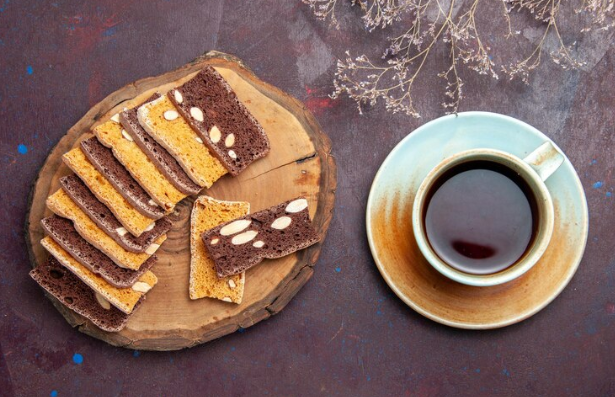The Hidden Perks of Coffee in Cake Recipes
Why do people put coffee in cake? Ever wondered about the rich flavor in your favorite chocolate cake? It might be from coffee added to the batter. This isn’t just a trick to use up morning coffee. It’s a long-established method that enhances flavors and improves textures in baking. This article explores the exciting role of coffee in baking. We’ll cover its chemical effects, cultural variations, and practical tips. Whether you’re an experienced baker or just starting, get ready to discover how coffee can transform your baking.
The Science Behind Coffee in Cake
Chemistry of Coffee and Baking
Adding coffee to cake batter does more than flavor—it changes the cake’s chemistry. Coffee’s acids react with baking soda or powder, improving the rise during baking. This reaction enhances texture and stabilizes the crumb, ensuring every bite is tender.
Enhancing Flavors
Coffee excels in boosting other flavors, especially chocolate. It deepens chocolate’s rich notes without overwhelming. Coffee acts as a flavor enhancer, intensifying chocolate’s bitterness and sweetness subtly. This is why even a simple chocolate cake tastes exceptional with a hint of brewed coffee.
Coffee’s influence in baking extends beyond flavor. It involves chemistry, flavor enhancement, and the intricate interplay of ingredients that elevate your favorite desserts.

